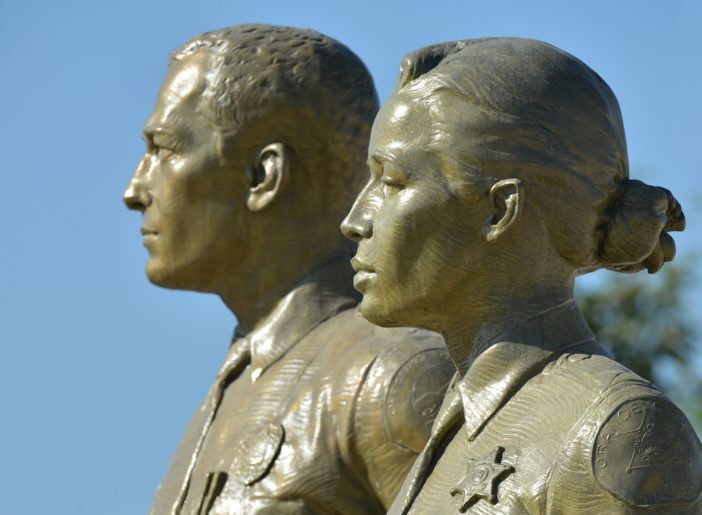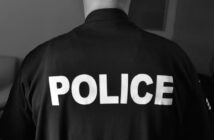It is a tragic irony National Police Week should start with the death of two police officers in Hattiesburg, Miss. Officers Benjamin Deen, 34, and Liquori Tate, 24, were both shot and killed during a traffic stop May 9. Multiple suspects have been arrested and charged but few details about what occurred have yet to emerge.
What is certain is they ended their watch sacrificing their own lives.
To add to the tragedy, their deaths occurred within a week after Officer Brian Moore from the New York Police Department was shot and killed while approaching a pedestrian.
According to the 2014 Law Enforcement Officer Fatality Report, 117 officers lost their lives in the line of duty last year. Firearms were responsible for the deaths of 50 of those officers.
According to the report, ambushes, disturbances and traffic stops are the circumstances when officers were most likely to be killed with a firearm.
What the report doesn’t reflect is how many dangerous armed suspects officers have contact with every year that do not result in death either to the officers or the suspects.
I’m sure the number is in the thousands.
Every day across the country, police officers encounter armed bad guys. Whether their intent is to do harm to the officers or to do harm to others, officers engage in these encounters daily.
I reiterate. It happens every day.
Every police officer I know has stories of an encounter that if not for the excellent training he or she received could have evolved into something far more serious.
As a graveyard field supervisor, I remember one incident in particular involving a rookie officer.
In the wee hours of the morning he called in to say he was checking on a suspicious vehicle in a parking lot. Being just around the corner, I backed him up.
As the officer approached on the driver’s side and contacted the sole occupant, I walked up to the passenger side and observed. As the officer was speaking I could see the driver moving his feet and very slowly attempting to push something under the seat.
Beer can? Drugs? Porno magazine? It could have been anything. It was certain he didn’t want us to see whatever it was. It was then I pulled out my handgun and ordered the driver to put his hands on the steering wheel.
The young officer quickly withdrew his handgun and, following my cue, ordered the driver out of the car. A quick search revealed a fully loaded Tec-9 machine pistol with a 20-round magazine and a large quantity of cocaine on the floor.
So what would have happened if the officer were by himself? What if the suspect had an extensive record and didn’t want to go back to jail? Or what if he was just a real badass and thought it would be a great day to kill a cop?
Police officers across the country survive these types of encounters every day because of a healthy sense of paranoia. Some will argue that police officers are too paranoid. It’s not paranoia if the possibility of a threat is real.
During the first hours of the police academy, police officers have safety drilled into their heads. They are instructed and trained on almost every imaginable scenario and then challenged on their training. After the police academy, they are assigned with training officers who add to their training with real-world experience.
Throughout an officer’s career, further training is conducted almost daily. In recent decades, the ability to watch dash cam and body cam video of an officer losing his or her life on camera makes the experience much more real.
I’ve always believed the No. 1 goal of every police officer is to go home at the end of his or her shift. In the case of Officers Deens, Tate and Moore, despite all their training, that didn’t happen. I can’t imagine the pain and heartache their loved ones are experiencing.
I do know that in these times when it seems the public is dehumanizing and vilifying every man and woman who wears a uniform, the loss of a comrade to violence makes the pain feel much worse.
Joe is a retired Anaheim Police Department captain. You can reach him at jvargas@behindthebadgeoc.com
 Behind the Badge
Behind the Badge



